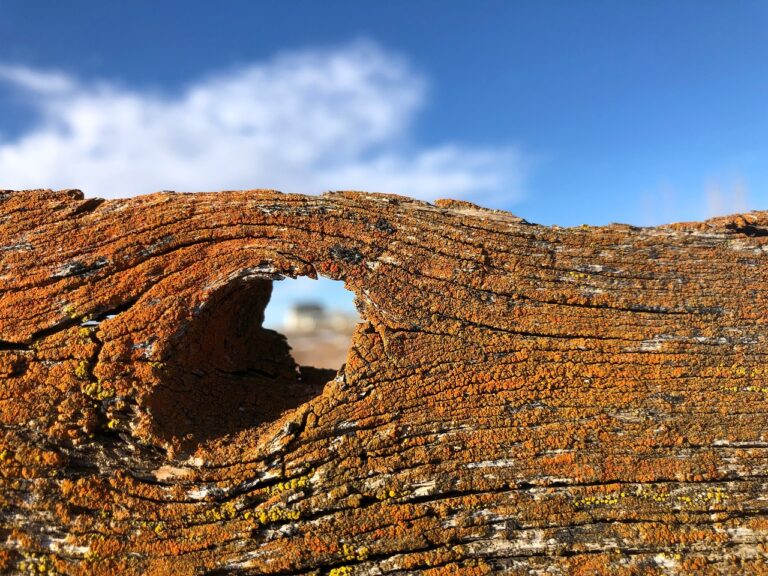DIY Deck Restoration: Bringing New Life to Your Outdoor Space
When it comes to upgrading your outdoor living space, a beautifully restored deck can make all the difference. Over time, decks can become worn and weathered from exposure to the elements, making them look dull and uninviting. However, with a little elbow grease and some DIY know-how, you can breathe new life into your deck and create a welcoming outdoor oasis for relaxing and entertaining. In this comprehensive guide, we will walk you through the step-by-step process of restoring your deck to its former glory.
Assessing the Condition of Your Deck
Before you dive into the restoration process, it’s important to assess the current condition of your deck. Take a close look at the wood, checking for signs of rot, mold, mildew, or damage. Look for loose boards, nails, or screws that may need to be tightened or replaced. It’s also a good idea to check the integrity of the railings and stairs to ensure they are safe and sturdy.
Gathering the Necessary Tools and Materials
Next, gather all the tools and materials you’ll need for the restoration project. This may include a pressure washer, deck cleaner, scrub brush, sandpaper, wood stain or paint, paintbrushes or rollers, and protective gear such as gloves and goggles. Make sure you have everything on hand before you start the project to avoid any delays.
Cleaning and Preparing the Deck
The first step in the restoration process is to clean the deck thoroughly. Start by sweeping away any debris and loose dirt. Then, use a pressure washer and deck cleaner to remove built-up grime, mold, and mildew. Use a scrub brush to tackle stubborn stains and dirt. Once the deck is clean, allow it to dry completely before moving on to the next step.
Repairing and Replacing Damaged Wood
If you have any damaged or rotten wood on your deck, now is the time to address it. Replace any cracked or splintered boards, and tighten or replace any loose nails or screws. Use wood filler to fill in any gaps or holes in the wood. This will ensure that your deck is safe, sturdy, and visually appealing.
Sanding and Preparing the Surface
After repairing any damaged wood, it’s time to sand the surface of the deck to create a smooth and even finish. Use a sander or sandpaper to remove any rough spots, splinters, or old stain or paint. This will help the new finish adhere better and give your deck a fresh look. Be sure to remove all dust and debris before applying any stain or paint.
Applying Stain or Paint
Once the deck is clean, repaired, and sanded, it’s time to apply a fresh coat of stain or paint. Choose a high-quality product that is specifically designed for outdoor use and will protect your deck from the elements. Use a paintbrush or roller to apply the stain or paint evenly, following the manufacturer’s instructions. Allow the finish to dry completely before using the deck.
Maintaining Your Deck
After restoring your deck, it’s important to maintain it properly to ensure it stays looking its best for years to come. Regularly sweep away debris, clean up spills, and remove leaves and dirt that can cause damage. Inspect the deck periodically for signs of wear and tear, and address any issues promptly to prevent further damage.
FAQs
1. How often should I restain or repaint my deck?
It’s recommended to restain or repaint your deck every 2-3 years to maintain its appearance and protect the wood from the elements.
2. Can I restore a deck that has been neglected for years?
Yes, with the right tools and materials, you can restore a deck that has been neglected for years. It may require more time and effort, but with patience and persistence, you can bring your deck back to life.
3. What is the best way to protect my deck from the sun and rain?
Using a high-quality stain or paint that is specifically designed for outdoor use can help protect your deck from the sun’s UV rays and rain. Be sure to choose a product that offers UV protection and water resistance for maximum durability.
4. Can I pressure wash my deck?
Yes, you can pressure wash your deck to remove built-up dirt, grime, and mildew. However, be sure to use a low-pressure setting and keep the nozzle moving to avoid damaging the wood.
5. How can I prevent mold and mildew from forming on my deck?
To prevent mold and mildew from forming on your deck, be sure to clean it regularly and keep it free of debris. You can also apply a mold and mildew inhibitor after cleaning to help prevent future growth.







